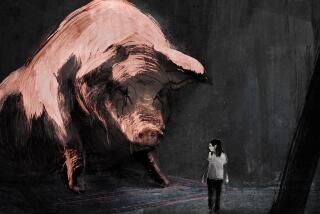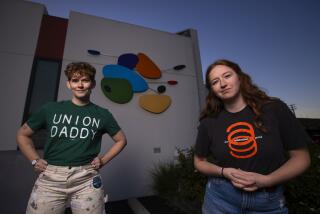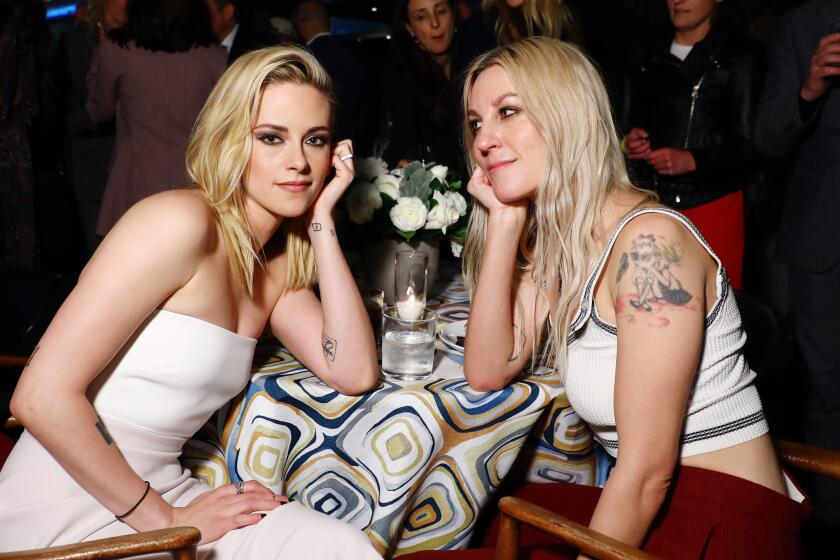Female Animators
- Share via
I very much enjoyed Michael Mallory’s excellent article on the state of women in animation (“Move Over, Old Men,” March 19). However, some of his historical facts were in error and need to be corrected.
Lillian Friedman, who worked at Fleischer Studios, was actually the first fully credited female animator, not LaVerne Harding; her credits include the 1938 Oscar-nominated “Hunky and Spunky.” Despite this, Disney turned her down in 1939 and asked her to apply to the ink and paint departments instead.
Fleischer certainly provided the most opportunity to women during the 1930s. Edith Vernick, whose career dated back to the 1920s, was manager of the inbetween department and became an assistant animator in 1937; Lillian Oremland also worked there as an inbetweener (essentially a beginning animator) before she prematurely died in the mid-’30s.
Mallory’s reference to the “occasional independent animator [such as] Faith Hubley” ignores the many women in the field, including such major figures as Wendy Tilby, Caroline Leaf and Christine Panushka. In fact, by the early ‘90s, about half of the independent films shown at international animation festivals were made by women.
HARVEY DENEROFF
Winnetka
*
I was so delighted to see the article on the number of women in animation. It brought to mind an experience I had in 1965 when I was handling publicity for the first Animated Film Festival at the L.A. County Museum.
I had arranged with The Times to do a story on women in animation and I had June Foray as a voice and I wanted a woman executive and an animator. I was told there were no executives, but I managed to find Henrietta “Hank” Jordan, vice president of Format Films, but no female animator; we had to settle for an inker.
SHIRLEY O’CONNOR
Laguna Woods
More to Read
Only good movies
Get the Indie Focus newsletter, Mark Olsen's weekly guide to the world of cinema.
You may occasionally receive promotional content from the Los Angeles Times.










